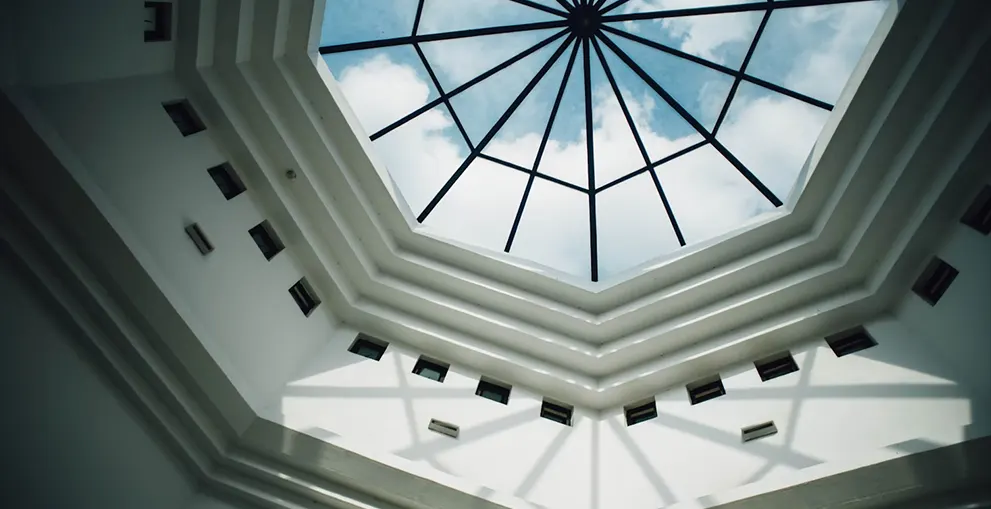
Proper roof ventilation is critical for your home’s integrity and longevity. Therefore, it should not be neglected.
As a homeowner, understanding the benefits of roof ventilation allows you to prioritize your home’s maintenance.
The Importance of Roof Ventilation
1. Prevents Moisture Buildup: Moisture buildup is a common problem in poorly ventilated roofs. When warm, moist air rises from the living spaces and enters the attic, it can condense on cooler surfaces, leading to dampness. With time, this moisture causes wood rot, mold growth, and damage to insulation.
Ensuring proper roof ventilation allows moist air to escape, reducing the risk of condensation and keeping the attic space dry.
2. Reduces Mold and Mildew: Mold and mildew thrive in damp, poorly ventilated environments.
Effective roof ventilation helps regulate humidity levels, preventing mold and mildew growth. Regular inspections by a roofing company or roofers, can help identify and address ventilation issues early on.
3. Prolong Roof Lifespan: A well-ventilated roof can significantly extend the lifespan of roofing materials.
Proper ventilation maintains a balanced temperature in the attic, preventing the roof from overheating in the summer and freezing in the winter. This helps roofing materials last longer and reduces the need for frequent roof repairs.
4. Enhances Energy Efficiency: Inadequate ventilation can cause your HVAC system to work harder, increasing energy consumption and utility bills. Poor ventilation in an attic can trap heat, making it difficult to keep your home cool in summer. In the winter, trapped moisture can reduce the effectiveness of insulation.
Proper ventilation helps maintain a consistent indoor temperature. This reduces the strain on your HVAC system and improves energy efficiency.
Roof Ventilation Methods
1. Ridge Vents and Soffit Vents: Together, they create a continuous airflow that lets the fresh air enter.
2. Gable Vents: Gable vents are installed on the gable ends of the roof. They provide additional ventilation and can be used in conjunction with ridge and soffit vents for optimal airflow.
3. Attic Fans: Attic fans, also known as power vents, are mechanical devices that help expel hot air from the attic. They are particularly useful in areas with high temperatures and can be controlled by a thermostat.
4. Skylights: Skylights not only enhance the aesthetics of your home but also contribute to roof ventilation. Installing skylights can provide natural ventilation.
For professional skylight installation or skylight replacement, consult with skylight specialists to ensure proper installation and functionality.

The Bottom Line
By preventing moisture buildup, reducing mold growth, and prolonging the lifespan of roofing materials, proper ventilation can keep the integrity of your roof intact.
Need expert help with roof ventilation? Get in touch with us at FH Roofers & Chimney. We offer roof repair services and chimney repairs in New York, with specific coverage in the Bronx, Yonkers, and Tarrytown.
Contact us for more information.

